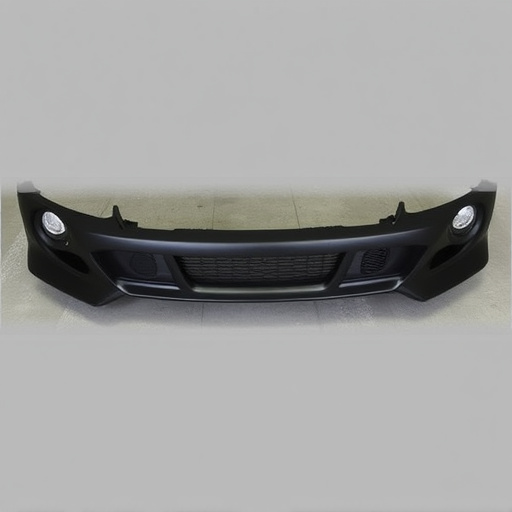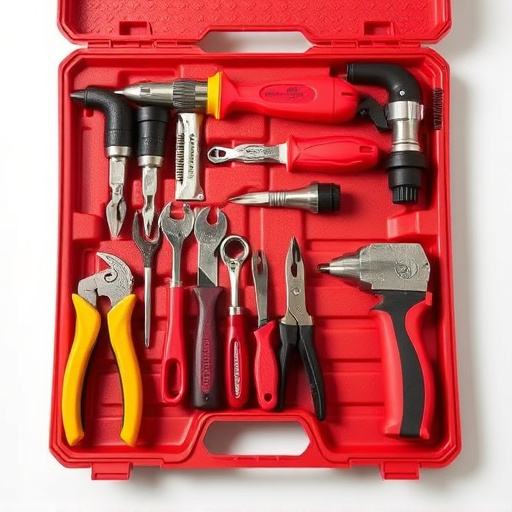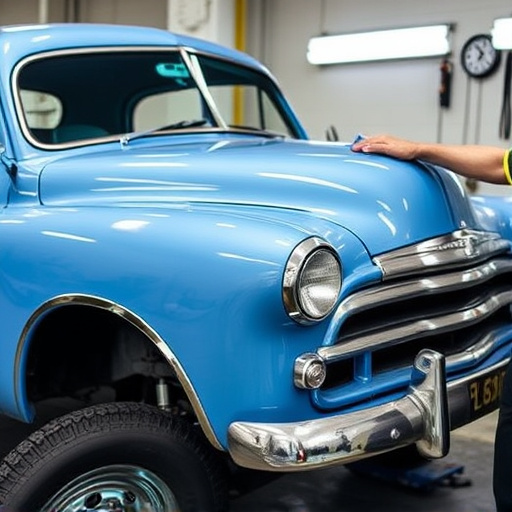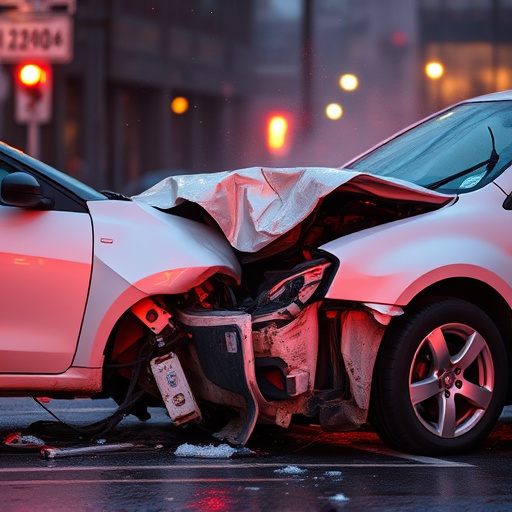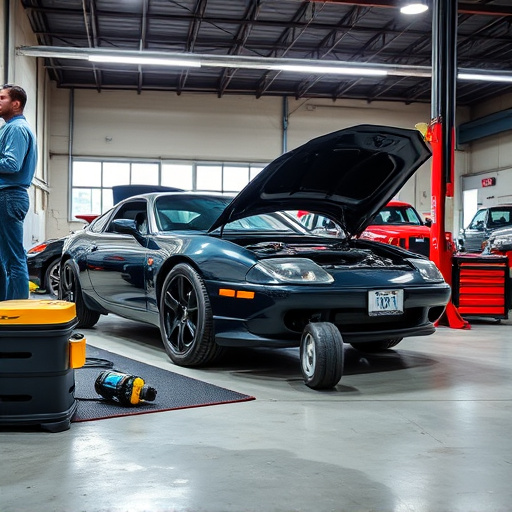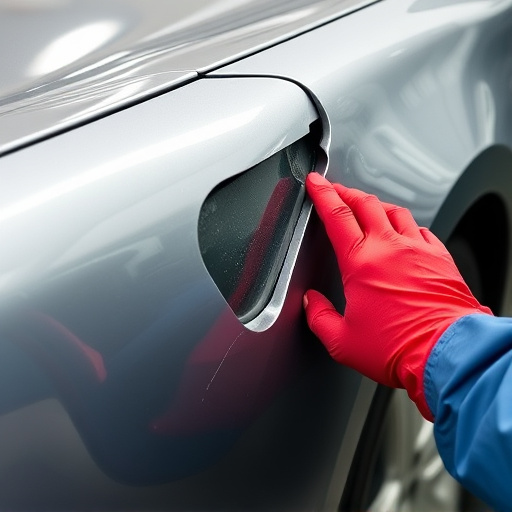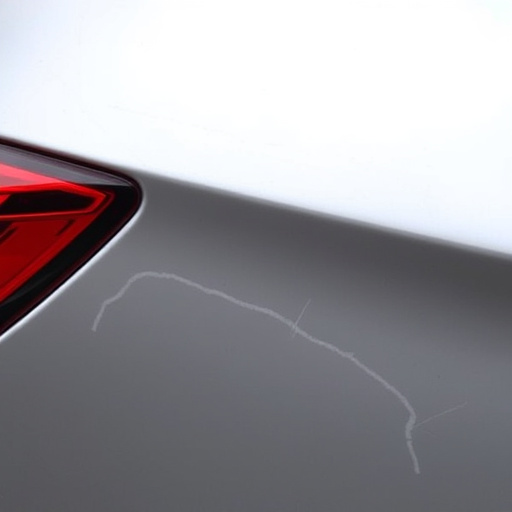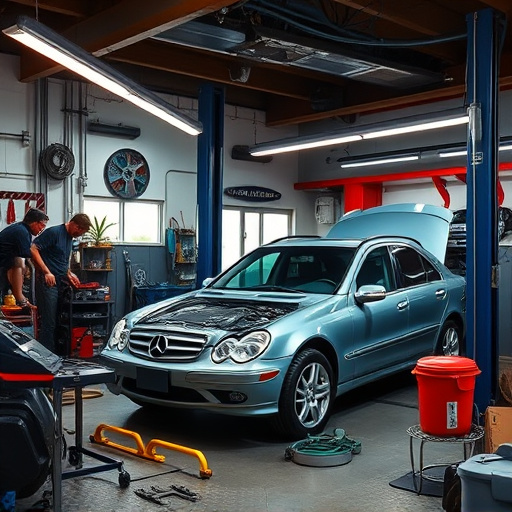Post-crash brake system inspections are crucial for safety and reliability after a collision. Automotive experts assess every component, from visible damage to internal wear, fluid levels, pad and rotor condition, and caliper integrity. They also inspect bodywork around brakes and auto glass if visibility is affected. Qualified technicians in automotive body shops ensure optimal components, enhancing driver and passenger safety before the vehicle returns to the road. This comprehensive check identifies any damage or wear that could affect braking performance, restoring safety, control, and confidence.
After a vehicle collision, a thorough brake system inspection is crucial. This post-crash check ensures the safety and functionality of your brakes, preventing future hazards. During this process, mechanics assess critical components like brake pads, rotors, calipers, and hydraulic systems for damage or wear.
The article breaks down this essential inspection, highlighting key aspects to consider and providing insights into restoring your vehicle’s braking ability after a collision.
- Understanding Post-Crash Brake System Inspection
- Key Components to Assess During the Check
- Restoring Safety: Reinstating Your Vehicle's Braking Ability After a Collision
Understanding Post-Crash Brake System Inspection

After a collision, understanding what happens during a brake system post-crash check is crucial for ensuring safety and reliability. During this meticulous process, automotive experts thoroughly inspect every component of the brake system to assess any damage or wear. They examine the brakes’ ability to function effectively, considering both visible signs of impact and hidden internal damages that could have been caused by the collision.
This inspection goes beyond checking for broken parts. It involves measuring brake fluid levels, testing brake pads and rotors for thickness and integrity, and verifying the condition of the calipers and wheel cylinders. Additionally, the technicians look into the state of the car’s bodywork around the brakes, as even minor impacts can affect alignment or cause dents that might compromise brake performance. In some cases, auto glass repair may also be necessary if the collision has affected visibility, which is another safety-critical aspect addressed during these checks. An automotive body shop with qualified technicians ensures that every component is in optimal condition before allowing a vehicle to return to the road, enhancing both driver and passenger safety.
Key Components to Assess During the Check
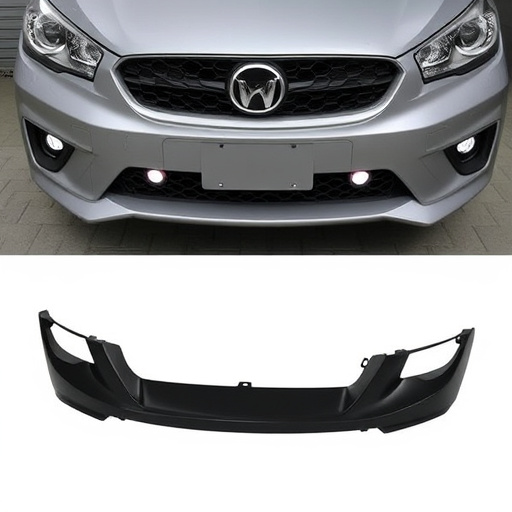
When conducting a brake system post-crash check, several key components require careful assessment to ensure safety and functionality. The first step involves inspecting the brake pads, which are among the most critical elements. Technicians will verify their thickness, condition, and remaining life, as worn or damaged pads can significantly compromise braking performance. Additionally, they’ll look for signs of warping or distortion, as these issues can affect the overall stability and effectiveness of the brakes.
Next, the brake rotors are examined for any cracks, dents, or uneven wear patterns. These defects can lead to reduced braking power and increased vibration during operation. The hydraulic system, including the master cylinder and wheel cylinders, is also thoroughly checked to identify leaks or damage. Proper functionality of these components ensures efficient fluid transfer and consistent braking force distribution across all wheels, which is vital for safe driving after a collision at an automotive body shop.
Restoring Safety: Reinstating Your Vehicle's Braking Ability After a Collision
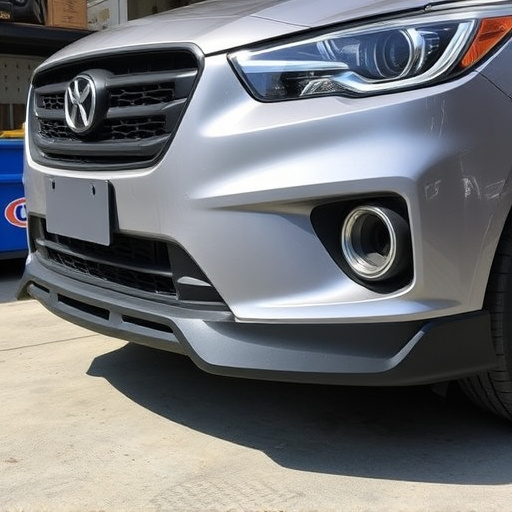
After a collision, restoring safety and ensuring your vehicle’s braking ability is paramount. A brake system post-crash check involves meticulous inspection to identify any damage or wear that could compromise the car’s stopping power. Skilled technicians will assess the condition of brake pads, rotors, calipers, and fluid levels, among other components. If any issues are found, they employ specialized tools for repairs, including frame straightening if necessary, to return your vehicle to its pre-crash state or even improve its braking performance.
These car repair services go beyond mere fixing; they’re about reinstating the crucial link between driver and road. Properly serviced brakes not only enhance safety but also contribute to better control and confidence during future drives. It’s a critical step in transforming a damaged vehicle into one that can navigate roads with the same level of safety and efficiency as before the collision.
After a collision, a thorough brake system inspection is crucial for restoring safety and reinstating your vehicle’s stopping ability. During a post-crash check, mechanics assess key components like pads, rotors, calipers, and fluid to ensure they’re functioning optimally. This process identifies any damage or wear that could compromise braking effectiveness, allowing for necessary repairs. By undergoing this inspection, you can have peace of mind knowing your brake system is reliable, enhancing both your safety on the road and the overall condition of your vehicle.


